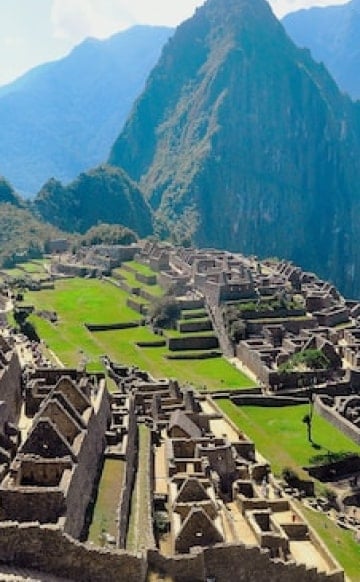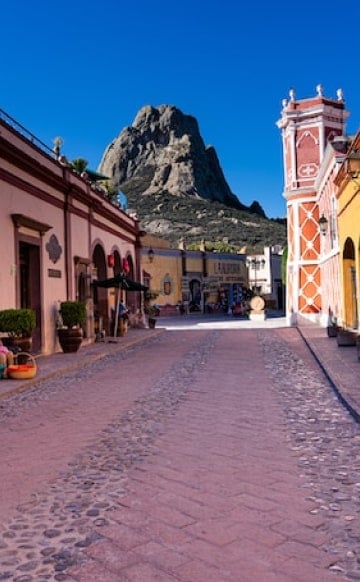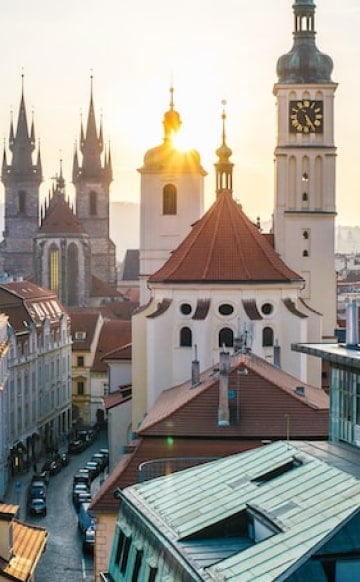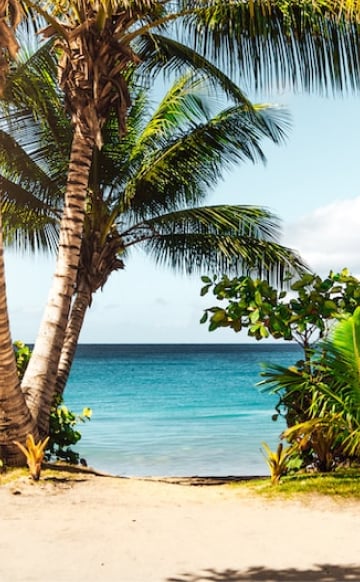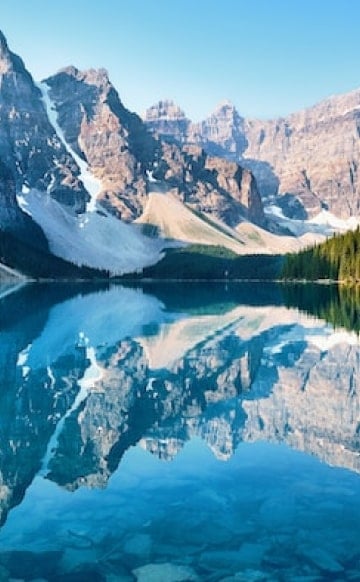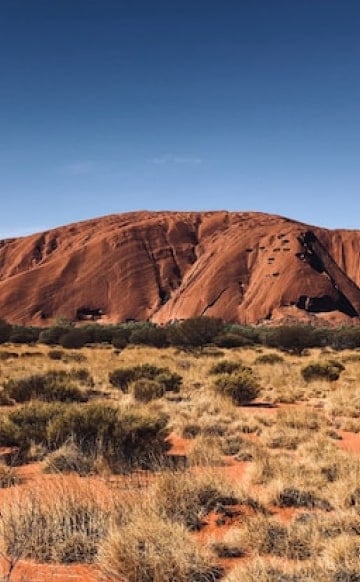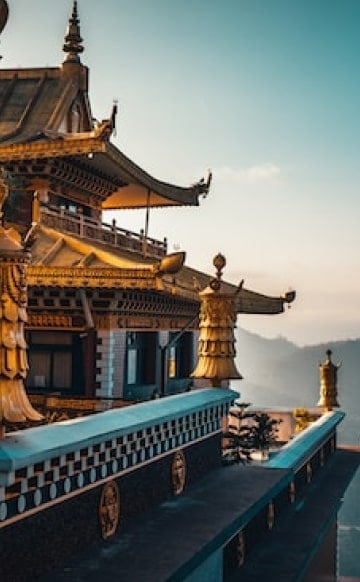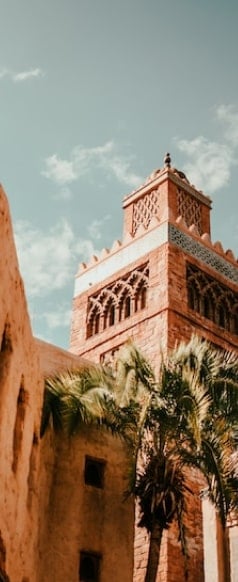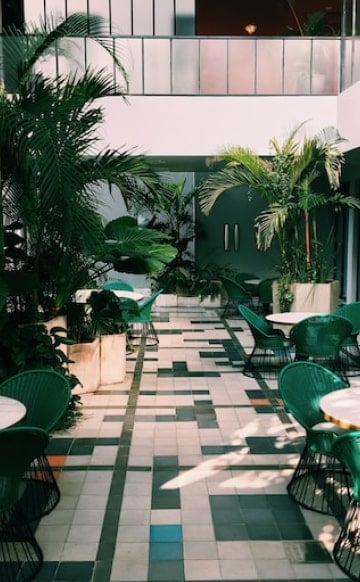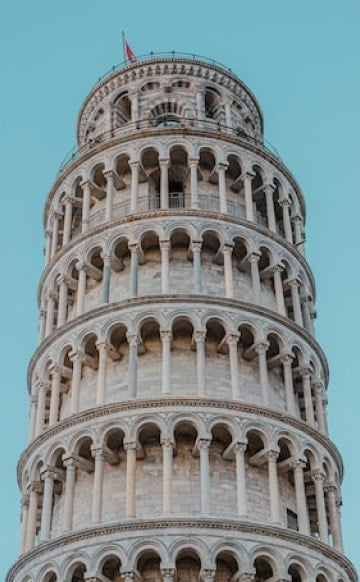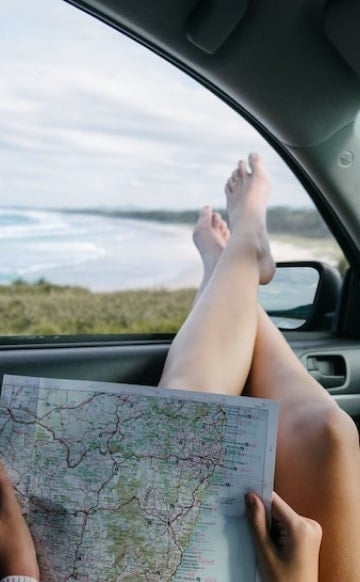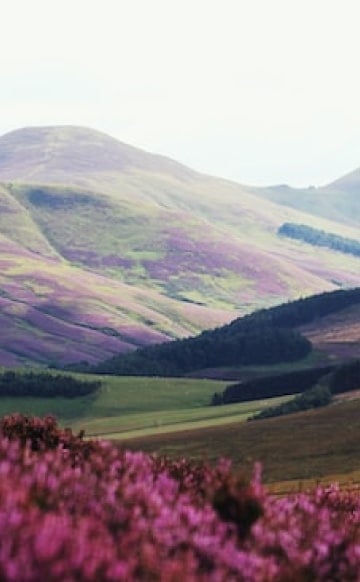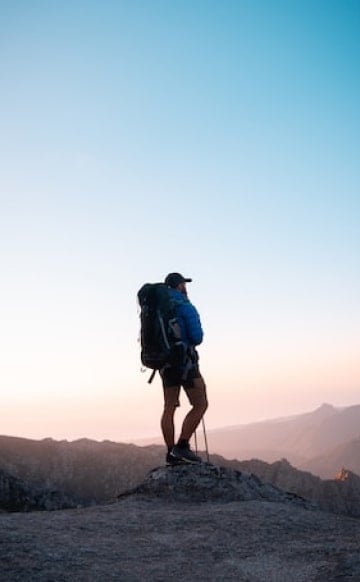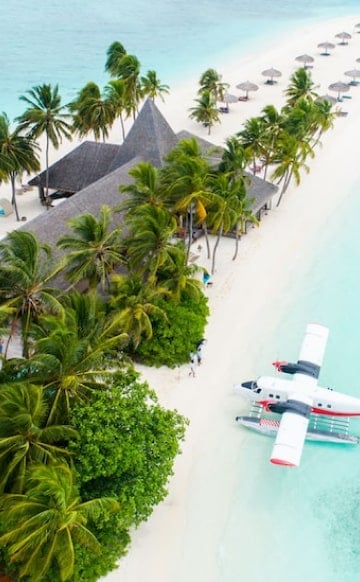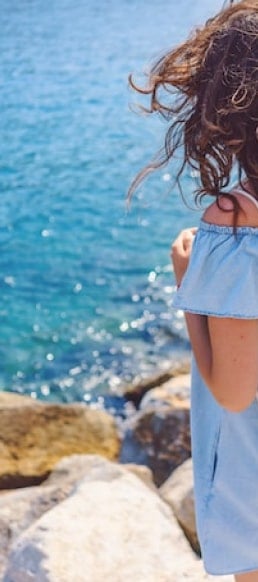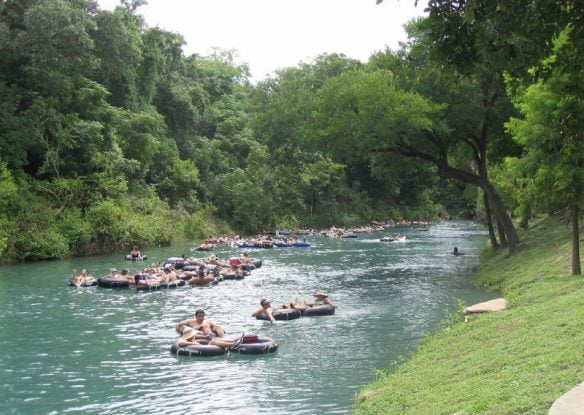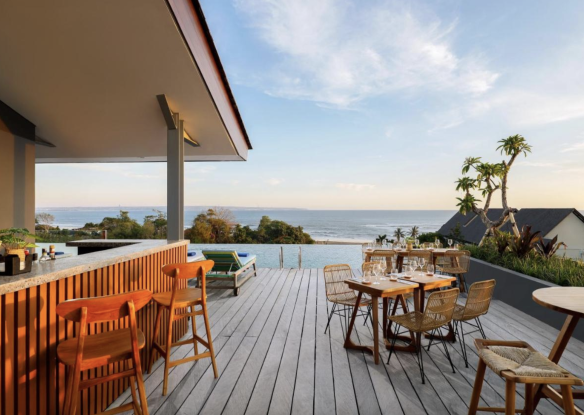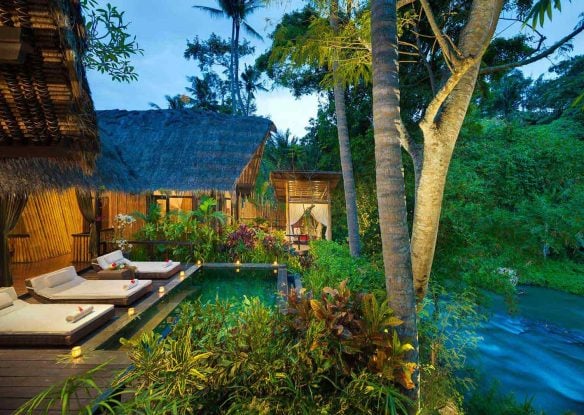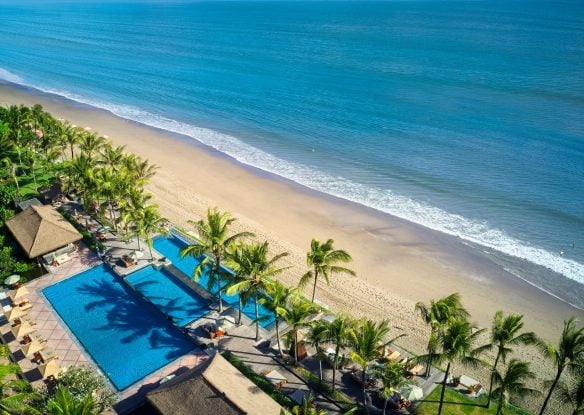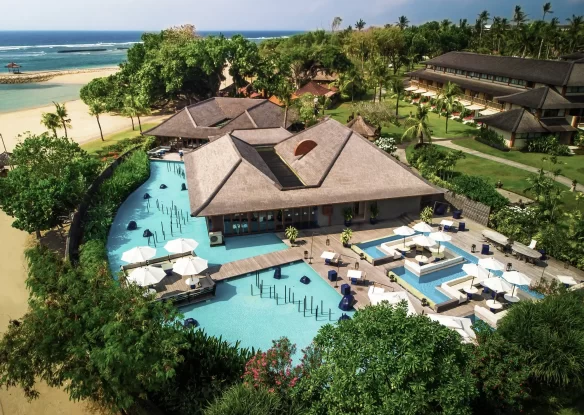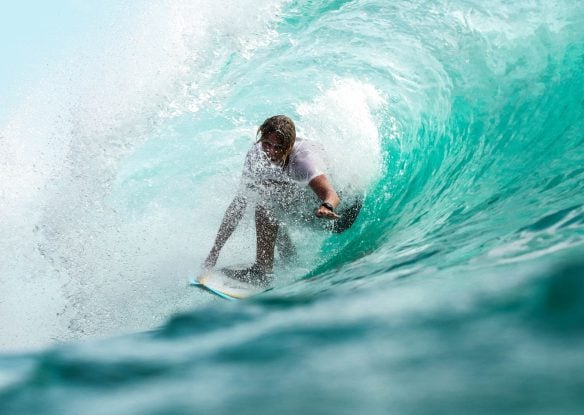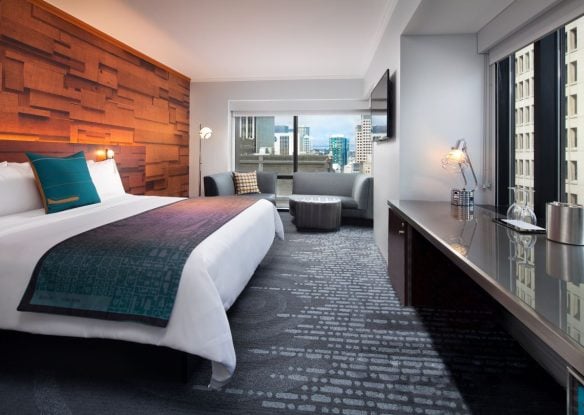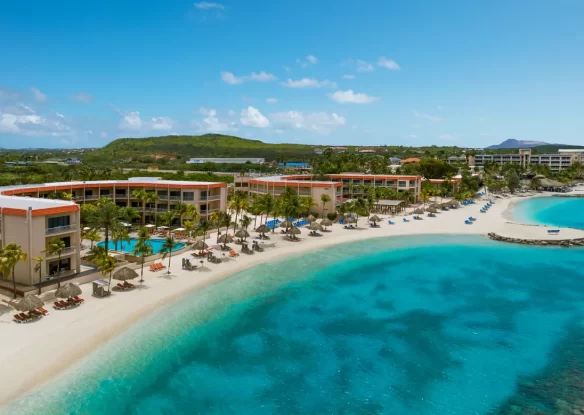While just about everyone is familiar with places like Bali and Borneo, Sumba Island, which lies at the eastern end of a chain of Indonesian island gems an hour’s flight from Densapar, Sumba isn’t often talked about. Of course, that’s good for the rest of us who can enjoy Indonesia’s “lost” isle before it’s discovered by mass tourism. While it’s said to be the next “Bali” and even home to Nihi Sumba, named the world’s best by Travel + Leisure twice, that’s unlikely to happen anytime soon. As recently as a half-century ago, headhunting was practiced in Sumba and visitors will note plenty of glimpses that remain of the island’s long-held traditions.
While increasing tourism is a bit of a double-edged sword, the aim is to develop it responsibly, building the economy, providing locals with easier access to water and other necessities, helping to ensure they benefit from tourist dollars while preserving the unspoiled environment. For the moment, there are few other accommodation options here, and it would be tough to beat the unrivaled experience Nihi can offer.

It's the Perfect Island Fantasy
If there was ever a perfect island fantasy, this is it. Just before reaching Nihi Sumba, you’ll be welcomed with this jaw-dropping view of a pristine white sand beach lapped by turquoise waves. This island paradise offers vistas like this one throughout, a spectacular mystery waiting to be explored by adventurous, luxury-seeking travelers.

Luxury at the Edge of the Wilderness
For those who want to be immersed in wild natural beauty while enjoying plenty of luxuries, there may be no better place than Nihi. It truly defines its tagline: “luxury at the edge of the wilderness.” Unlike any other resort you’re likely to experience, from the moment you’re picked up at the airport in a safari-style jeep to the final farewell, you’ll know this is something special. Every member of the staff will treat you like family – probably better than most – and villas that will make you feel as if you’re in a dream, complete with everything from signature canopy beds and handmade chocolates to infinity edge pools and dazzling panoramas of the Indian Ocean.
You’ll have plenty to fill your days while you’re there, from horseback rides on the beach at sunset to the unforgettable spa safari, world-class surfing, snorkeling and much more. All meals and non-alcoholic beverages are included too, making it easier to let every last inch of stress melt away.

The Sumbanese
The Sumba Foundation is a charitable foundation that’s working to bring water stations to villagers, vital medicines, health, education and nutrition to many of the Sumbanese people. Take a tour and you may get the privilege of helping to serve lunch to village students – the only nutritional meal many get in a week. It’s a gift really, not to them, but for the lucky ones who come from more “privileged” backgrounds to meet these children that greet you with a song and wave while yelling “da” (Indonesian for goodbye) with a smile, as you drive away.

The Surfing
One of the most consistent surf breaks in all of Asia can be found on Sumba Island off the shore of Nihiwatu. “Occy’s Left,” has been referred to as the “perfect left-hander,” but you’ll find a number of equally challenging breaks, including off the beach at Nihi Sumba. In fact, it was surfers who first camped here, camping on the wild beaches to take advantage of the waves, and they continue to be among the most loyal visitors.

The Pasola Festival
Every year one of the island’s most renowned festivals takes place in West Sumba. In February it’s celebrated in the Kodi and Lamboya area, while Wanokaka hosts festivities in March. The event brings large teams of colorfully adorned horse riders who engage in mock battles, throwing wooden spears at their opponents, similar to that of other ritual warfare that once took place in Indonesia. It’s a part of a series of rituals that are linked to the start of the planting season.

Horseback Riding
Another one of the top activities on the island, and at Nihi, is horseback riding. You can ride the horses bareback into the surf, head out with a guide for a ride at sunset, take advantage of equine meditation sessions and riding lessons. There are a variety of other horse-related experiences too, and a photographer on hand to capture it all.

Snorkeling
Indonesia is famous for its incredible diving and snorkeling opportunities and Sumba is no exception. Part of the Coral Triangle, it boasts 600 different corals, over 3,000 species of reef fish, manta rays, whale sharks, dugongs and six out of the world’s seven marine turtle species. When the swells dissipate and the sea is calm, you can jump in and enjoy this breathtaking underwater world and its abundant life with the water crystal clear and warm.

The Traditional Village Culture
Visitors to Western Sumba can experience well-preserved traditional village culture, with traditional homes that are clustered on hilltops that surround the vast stone tombs of their ancestors. The traditional houses have three levels, each of which have a symbolic meaning. The animals live in the part below the house called the uma dalu, and above that is where the people reside. In the rafters and peaked roof is the spiritual world where the gods and ancestral spirits are – only the elders are allowed access, this is where both offerings are placed and supplies are stored.
You might see women walking bare-breasted while men don traditional headpieces and sarongs riding horseback in this place where rice paddies and tropical trees contrast against the dry grassland around Waingapu. Kampung Pasunga is home to one of the island’s most impressive tomb line-ups, while Pau and Umabaru villages offer the chance to see Ikat weavings, woven by the women of eastern coastal regions. They’re some of the most beautiful and bright, pictorial motifs depicting tribal wars, fights against the Dutch, mythical creatures and animals.

The Waterfalls
The island’s striking beauty includes many waterfalls like Tanggedu Waterfall known as the Grand Canyon of East Sumba as the dramatic rock cliffs and the water flow is similar to America’s own Grand Canyon. The stunning cascades in shades of emerald and brilliant blue, nestled in the lush valley make for postcard-perfect photographs. Part of Manupeu Tanah Daru National Park, Matayangu or the Blue Waterfall, is another one of the most popular, requiring about a 90-minute somewhat challenging trek to access, but your reward is a serene refreshing swim and a picnic, supplied by your guide.

Birdwatching
There are over 200 bird species on Sumba, seven of which are endemic to the island and many others that can only be found in this region. Commonly spotted are the apricot-breasted sunbird, Sumba green pigeon and Sumba flycatcher. If you’re very lucky you might just spot the unique looking Sumba hornbill or even the elusive Sumba boobook owl. The orange-crested cockatoo is highly threatened and rarely seen, although there may still be some hidden in the dense forests. If you have any interest in feathered creatures, be sure to bring your binoculars.

Unique Rock Formations
Batu Bolong on Bawana Beach in Kodi lies about a 90-minute drive from the town of Tambolaka. The giant hole is carved right out of the rock walls, making for some visually stunning photographs and potentially viral Instagram selfies, it provides a dramatic backdrop for beachgoers that looks as if it’s a computer-generated scene for a film, but it’s very real, with the shimmering sandy beach, clear blue sea and lush green cliffs that surround the iconic arch.

The Sunsets
At the end of every day, you can look forward to a glorious sunset – while there are many fabulous vantage points, my personal favorite was from Nihi’s Boathouse Bar, enjoyed with a Mojito and great company. There are few better places in the world to be to watch the sun dip below the horizon.

